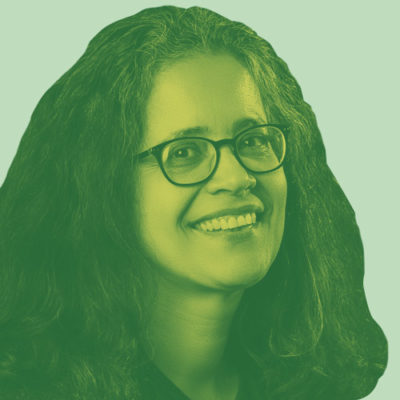Listening to Anandi
I can hear Anandi’s frustration, which is so understandable when your history has been marginalized and misunderstood for so long. The exhibition was an opportunity in that sense, but the representation of the complexity of Anandi’s story wasn’t realised.
Not being able to contextualize difficult historical events and stories is something we have long struggled with when creating exhibitions. Even more so now that we are actively trying to challenge museum practice and narratives by telling complex stories. Unsettling institutional processes and standards is becoming more and more important for us.
Part of the struggle of making exhibitions about complex histories and heritages – telling a multifaceted narrative, not a single story – is that we have to balance the needs of audiences for the museum voice to sound trustworthy, convey a sort of certainty about what is said, with saying that there is no one answer and opening up dialogue for visitors. And then of course different people enjoy information presented in different formats, so we are constantly trying to balance how people want to engage and giving them the information they need to get the full picture of a story. It is not surprising that Anandi is picking up on – and was caught – in that difficulty.
That we are both sharing the same concern – Anandi, as our project partner, and us as the museum’s exhibitions team – is almost making me hopeful. We haven’t found the best solutions, but it seems my team is asking the right questions.
Kate Burnett, Interpretation Developer

Anandi Ramamurthy's moment
While seeing the history of the Asian Youth Movements and the Bradford 12 represented in the space of the National...



